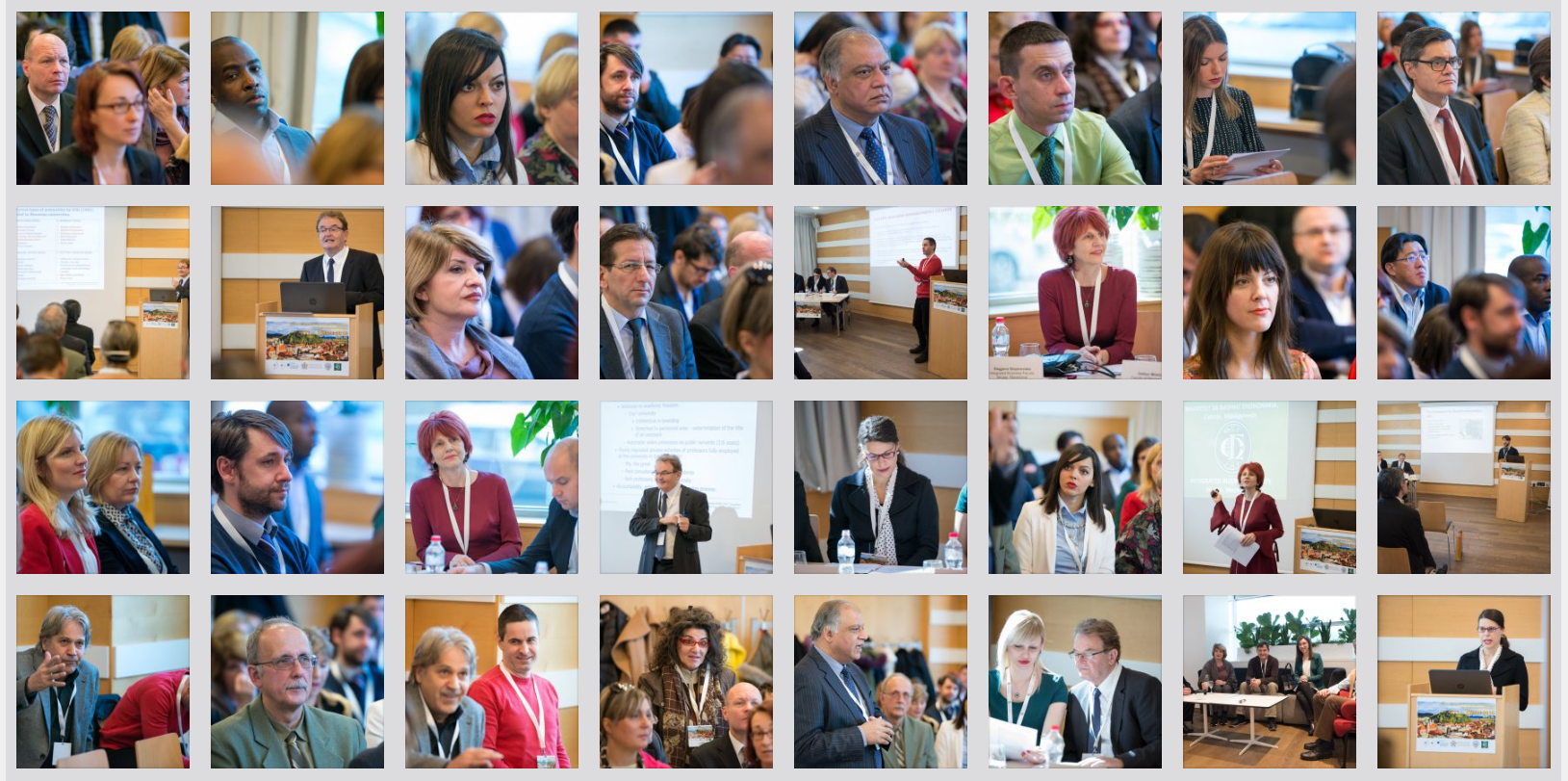Maja Vizjak – Institute for Migration and Ethnic Studies,10000 Zagreb, Croatia
Keywords:
Migration;
Nurses and technicians;
Push up and push in
motivational factors
Abstract: The migration of middle and senior medical staff, which includes nurses and technicians, is an important topic because we are thinking about the sustainability and stability of the health system. Motivational factors of job satisfaction, working environment and living standards, if they result in dissatisfaction as a consequence of not meeting them, are key factors in making migration decisions. This work aims to confirm the factors of migration of nurses and technicians through a survey questionnaire. The interviewees cited personal challenges as the main reasons for outward migration since they could not realize their ambitions in their working environment at the time, while the main motive for return migration was family and emotional ties. Scientific contribution: Point out the fact that the respondents had the support of their work and family environment when they decided to migrate, while at the time when they were working abroad and made the decision to return to their homeland, their superiors started negotiations regarding their stay.

Download full paper

8th International Scientific Conference – EMAN 2024 – Economics and Management: How to Cope With Disrupted Times, Rome, Italy, March 21, 2024, CONFERENCE PROCEEDINGS, published by: Association of Economists and Managers of the Balkans, Belgrade, Serbia; ISBN 978-86-80194-83-7, ISSN 2683-4510, DOI: https://doi.org/10.31410/EMAN.2024
Creative Commons Non Commercial CC BY-NC: This article is distributed under the terms of the Creative Commons Attribution-Non-Commercial 4.0 License (https://creativecommons.org/licenses/by-nc/4.0/) which permits non-commercial use, reproduction and distribution of the work without further permission.
REFERENCES
Aydogdu, A. L. F., & Baykal, U. (2023). Experiences lived by international nurses concerning professional integration and interpersonal relationships in the workplace: qualitative research. Employee Relations, Volume 45, Issue 6, 1371 – 1391
De Haas, H. (2010). Migration and development: A theoretical perspective. International Migration Review 44(1), 227-264.
Diema Konlan, K., Wha, L. T., & Dulamsuren, D. (2023). The factors that are associated with nurse immigration in lower- and middle-income countries: An integrative review, Nursing OpenVolume 10, Issue 12, 7447-7870.
Geurts, N., & Lubbers, M. (2017). Dynamics in intention to stay and changes in language proficiency of recent migrants in the Netherlands, Journal of Ethnic and Migration Studies, 43(7), 1045-1060. http://www.tandf.co.uk/journals/titles/1369183X.html doi:10.1080/1369183X.2016.1245608
Jurić, T. (2017). Attractive and repulsive factors of migration of young highly educated residents of the Republic of Croatia – qualitative research, Discrepancija: student magazine for social and humanistic topics, 33(3), 337 – 371.
Kadel, M., & Bhandari, M. (2019). Factors intended to brain drain among nurses working at private hospitals of Biratnagar, Bibechana 16, 213–220.
Kavain, V. (2022). Attractive and repulsive factors of migration of young highly educated residents of the Republic of Croatia – qualitative research, Discrepancija: student magazine for social and humanistic topics, Vol. 17. No. 25.
Pressley, Ch., Newton, D., Garside, J., Stephenson, J., & Mejia-Olivares, J. (2023). Internationally recruited nurses and their initial integration into the healthcare workforce: A mixed methods study, International Journal of Nursing Studies Advances.
Qi, B., & Chimenya, A. (2015). Investigating determinants of brain drain of health care professionals in developing countries: A review. Net Journal of Business Management, 3(2), 27–35
Sterud, T., Tynes, T., Mehlum, I. S., Veiersted, K. B., Bergbom, B., Airila, A., & Flyvholm, M. A. (2018). A systematic review of working conditions and occupational health among immigrants in Europe and Canada. BMC Public Health, 18(1), 1–1.
Wanner, P. (2021). Can Migrants’ Emigration Intentions Predict Their Actual Behaviors? Evidence from a Swiss Survey, Journal of International Migration and Integration, 22 (3), 1151-1179. http://www.springer.com.ezproxy.nsk.hr/social+sciences/population+studies/journal/12134, doi: 10.1007/s12134-020-00798-7
WHO. (2020). Health Workforce Support and Safeguards List, https://cdn.who.int/media/docs/defaultsource/health-workforce/hwf-support-and-safeguards-list8jan. pdf?sfvrsn=1a16bc6f_5
Wojczewski, S., Poppe, A., Hoffmann, K., Peersman, W., Nkomazana, O., Pentz, S., & Kutalek, R. (2015). Diaspora engagement of African migrant health workers– examples from five destination countries. Global Health Action, 8(1).
Yakubu, K., Durbach, van Waes, A., Mabunda, S. A., Peiris, D., & Shanthosh, D. J. (2022). Governance systems for skilled health worker migration, their public value and competing priorities: an interpretive scoping review, Glob Health Action, 15(1).

